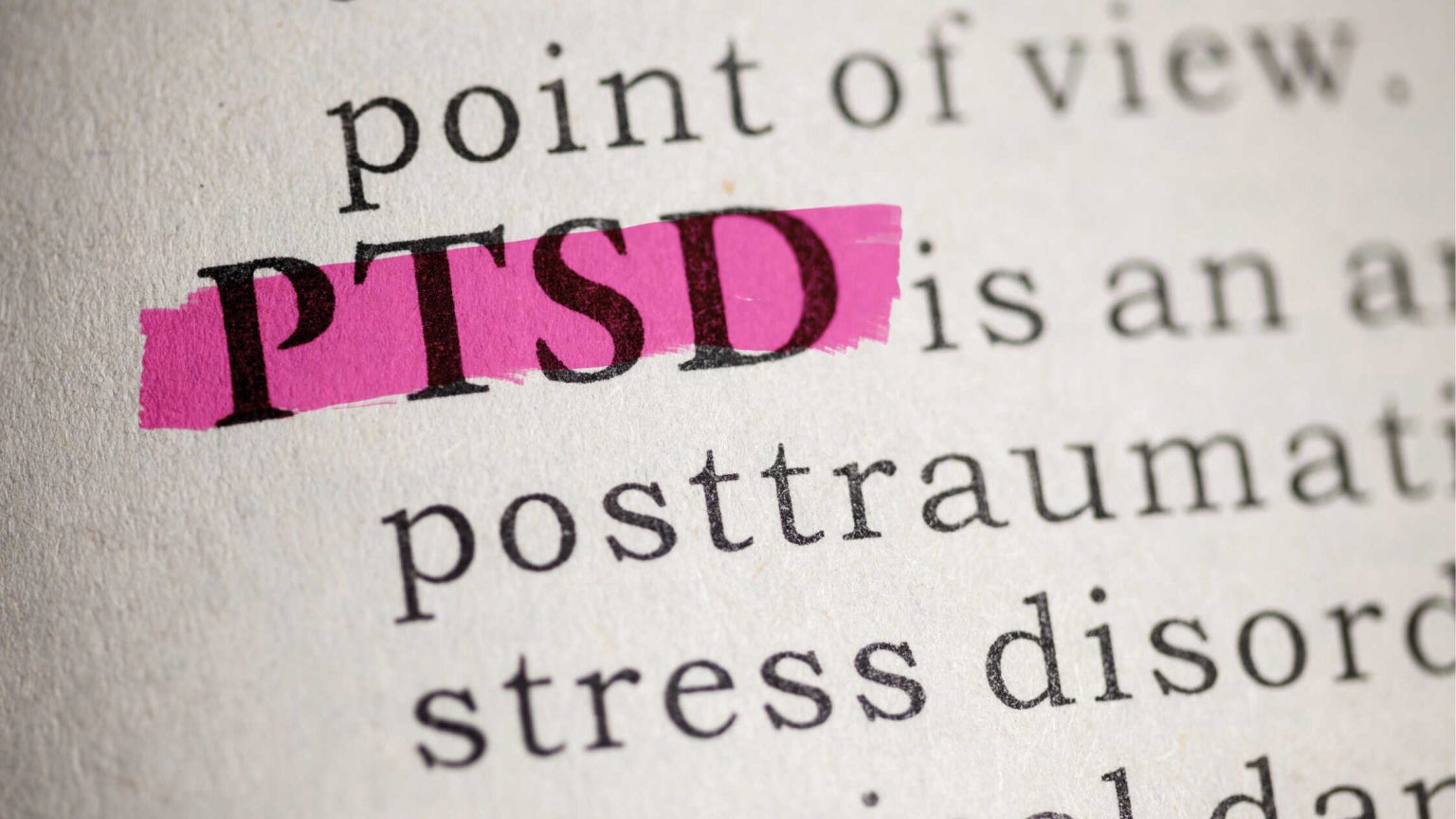Post-Traumatic Stress Disorder (PTSD) is a mental health condition that can develop after exposure to a traumatic event. While often associated with military combat, PTSD can result from a wide range of distressing experiences, including accidents, natural disasters, assault, abuse, or witnessing a life-threatening event. PTSD is not a sign of weakness—it is a valid psychological response to trauma, and recovery is possible with the right support and treatment.
Below, we explore what PTSD is, the signs and symptoms to watch for, and the counseling modalities that have proven effective in treating it.
What Is PTSD?
PTSD is a psychiatric disorder that may occur in individuals who have experienced or witnessed a traumatic event. According to the Diagnostic and Statistical Manual of Mental Disorders, Fifth Edition (DSM-5), PTSD involves exposure to actual or threatened death, serious injury, or sexual violence, either directly or indirectly.
Not everyone who experiences trauma will develop PTSD. However, for some, the symptoms persist and interfere with daily life for months or even years.
Signs and Symptoms of PTSD
PTSD symptoms typically fall into four major categories. These symptoms can vary in intensity and duration:
1. Intrusion Symptoms
-
Recurrent, involuntary, and distressing memories of the event
-
Flashbacks (feeling as if the event is happening again)
-
Nightmares related to the trauma
-
Intense emotional or physical distress when reminded of the trauma
2. Avoidance
-
Avoiding people, places, conversations, or situations that are reminders of the trauma
-
Avoiding thoughts or feelings related to the traumatic event
3. Negative Changes in Cognition and Mood
-
Persistent negative beliefs about oneself, others, or the world (“I can’t trust anyone”)
-
Feelings of detachment or estrangement from others
-
Inability to experience positive emotions
-
Distorted blame of self or others for the trauma
4. Changes in Arousal and Reactivity
-
Hypervigilance or being easily startled
-
Irritability or angry outbursts
-
Difficulty sleeping or concentrating
-
Reckless or self-destructive behavior
Symptoms must persist for more than one month and cause significant distress or impairment to be diagnosed as PTSD.
Counseling Modalities That Help With PTSD
There are several evidence-based counseling approaches that are effective in treating PTSD. Each modality targets the unique ways trauma affects the brain and body, helping individuals process their experiences and regain control over their lives.
1. Cognitive Behavioral Therapy (CBT)
CBT helps clients recognize and reframe negative thought patterns that contribute to distress. For PTSD, a specialized form called Cognitive Processing Therapy (CPT) is often used. CPT focuses on helping individuals process and challenge their beliefs related to the trauma, such as guilt or shame.
How it helps:
-
Reduces avoidance behaviors
-
Encourages healthier thought patterns
-
Promotes emotional regulation
2. Prolonged Exposure Therapy (PE)
Prolonged Exposure involves gradually and systematically exposing the individual to trauma-related thoughts, feelings, and situations in a safe and controlled environment. This reduces avoidance and helps desensitize emotional responses over time.
How it helps:
-
Decreases fear and anxiety
-
Builds confidence in handling distressing memories
-
Encourages re-engagement with life
3. Eye Movement Desensitization and Reprocessing (EMDR)
EMDR uses bilateral stimulation (such as guided eye movements) while the client recalls distressing memories. This method helps the brain reprocess the memory so it’s no longer emotionally overwhelming.
How it helps:
-
Processes traumatic memories in a less emotionally intense way
-
Enhances the brain’s natural healing process
-
Rapid symptom reduction
4. Trauma-Focused Cognitive Behavioral Therapy (TF-CBT)
Primarily used with children and adolescents, TF-CBT integrates cognitive-behavioral techniques with a trauma-sensitive approach to help young clients and their caregivers understand and manage the impact of trauma.
How it helps:
-
Improves emotional and behavioral regulation in children
-
Involves caregivers in the healing process
-
Builds coping skills
5. Somatic Experiencing (SE)
Somatic therapies focus on the body’s response to trauma. SE helps individuals notice and release physical tension and sensations associated with traumatic memories.
How it helps:
-
Regulates the nervous system
-
Restores a sense of safety in the body
-
Reduces physical symptoms of anxiety and hyperarousal
6. Group Therapy and Support Groups
Connecting with others who have experienced trauma can be profoundly healing. Group therapy provides a sense of community, validation, and shared strength.
How it helps:
-
Reduces feelings of isolation
-
Fosters peer support and accountability
-
Encourages open expression in a safe space
The Path Toward Healing
PTSD can feel overwhelming, but healing is possible. It often requires patience, self-compassion, and professional support. The right therapeutic approach depends on the individual’s needs, personality, and preferences. KidStuff Counseling is here to provide a safe, empathetic space where clients can begin to untangle the effects of trauma and rebuild a life of meaning and connection.
If you or someone you care about is struggling with symptoms of PTSD, know that help is available—and recovery is within reach!
If you are in crisis or need immediate support, contact 988; call the Colorado Crisis Centers at 1-844-493-8255; or text “TALK” to 38255. You are not alone.



